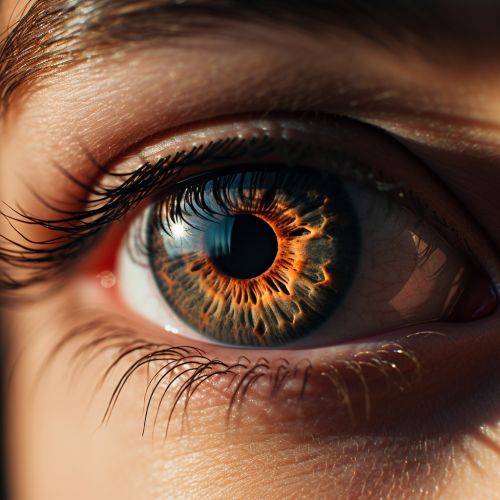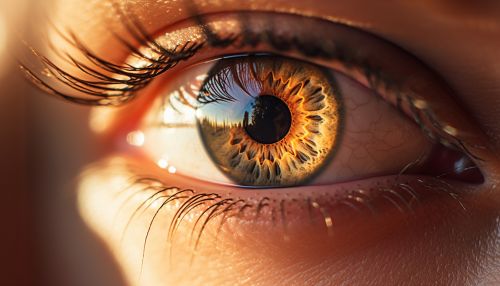Pupillary Light Reflex
Anatomy and Physiology of the Pupil
The pupil is a central opening located in the iris of the eye that allows light to pass into the retina. The size of the pupil is controlled by two muscles: the sphincter pupillae and the dilator pupillae, which constrict and dilate the pupil respectively. These muscles are innervated by the autonomic nervous system, with the parasympathetic and sympathetic divisions playing opposing roles.


Pupillary Light Reflex
The pupillary light reflex (PLR) is a reflex that controls the diameter of the pupil, in response to the intensity of light that falls on the retina. It is an involuntary reflex, meaning it happens automatically without conscious thought. The purpose of the PLR is to regulate the amount of light that reaches the retina, in order to prevent damage from excessive illumination, and to adapt to varying light conditions for optimal vision.
Neural Pathway of the Pupillary Light Reflex
The neural pathway of the pupillary light reflex begins with the activation of photoreceptor cells in the retina when they are exposed to light. These cells send a signal through the optic nerve to the pretectal area in the midbrain. From there, neurons send signals bilaterally to the Edinger-Westphal nuclei, which are part of the oculomotor complex. The Edinger-Westphal nuclei then send parasympathetic fibers through the oculomotor nerve to the ciliary ganglion, which innervates the sphincter pupillae muscle in the iris, causing it to constrict and reduce the size of the pupil.
Clinical Significance of the Pupillary Light Reflex
The pupillary light reflex is a vital tool in neurologic examination. Abnormalities in the PLR can indicate damage to the optic nerve, midbrain, or oculomotor nerve. For example, a relative afferent pupillary defect (RAPD) is a condition where the pupils respond less to light shone in one eye compared to the other. This can indicate a lesion in the optic nerve or severe retinal disease. Another condition, known as an Argyll Robertson pupil, is characterized by pupils that constrict with accommodation but do not react to light, indicating a lesion in the midbrain.
